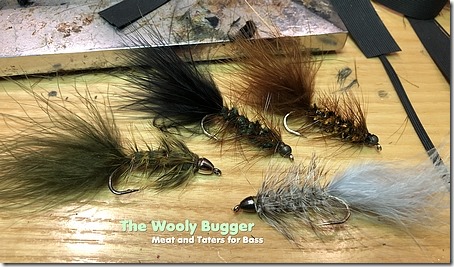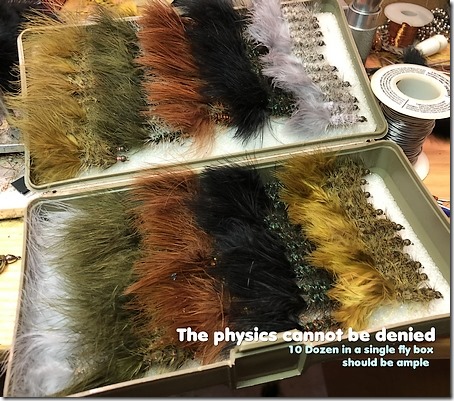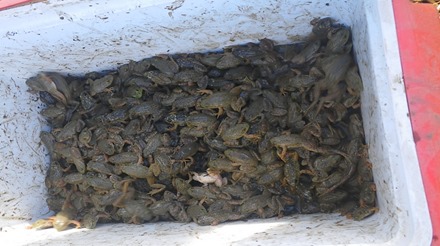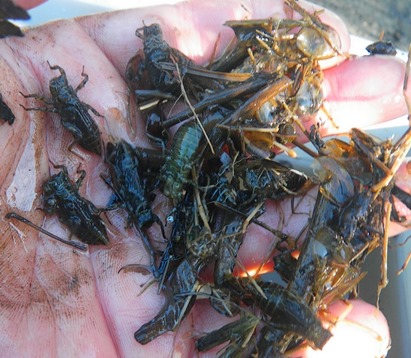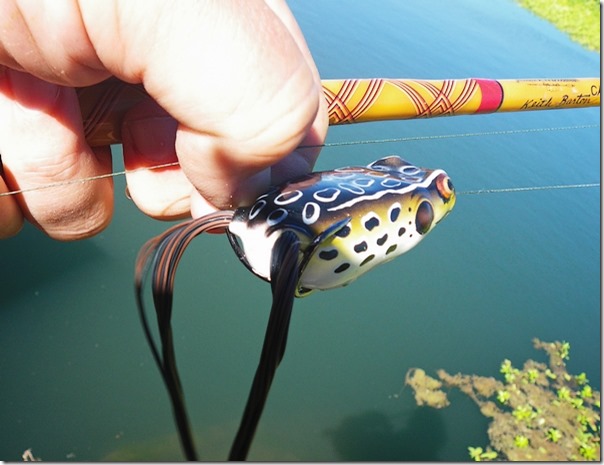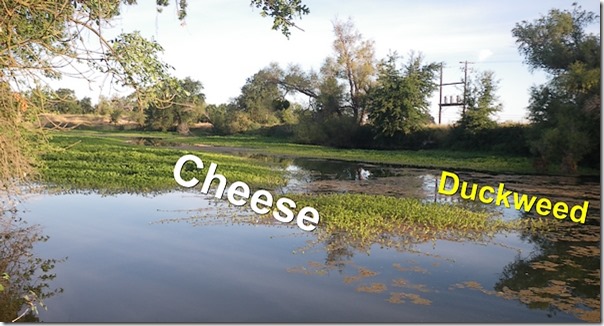If you tie a lot of bass flies a pandemic is a welcome interlude given how enforced isolation and “work from home” is instrumental in creating the debris field from all those large hooks you stuffed with marabou, rubber legs, lead wire, and spun deer hair.
… and, even better, most of the folks sheltering in place with us have seen us lick our fingers after handling all those dead animal parts, and we’ve got no one pestering us to wash our hands, either.
My last trip afield showed my fly box had more plastic showing than flies, and knew I was overdue for an extended “self quarantine” period with a couple fistfuls of Marabou and a lot of Olive Grizzly hackle.
Fortunately, bass flies are not like trout flies and the typical angler need not carry every phase of insect life, in every color, and in both floating and sinking varieties. Instead bass fishing is limited to Big Things that Float, and Big Things that Sink, and only a handful of colorations are required: Shad, Crayfish, Frog, and anything that resembles a small child or escaped Chihuahua.
While many thousands of sinking bass flies exist for bass, few can match the qualities of the Wooly Bugger. The simplicity of construction, low material cost, and seductive fishing action has made it a prominent option at your local fly shop – and likely earned a spot in your fly box already.
Over the years I’ve had to slim down the volume of flies carried and shift focus to colors instead of patterns. Bass are usually associated with frog, minnow, and crayfish baits, and typically are pursued in lakes and ponds. where depth is always an issue given how fly tackle sinks so poorly. The long shank hooks typically employed with a Wooly Bugger allow us to pack lead, bead chain, beads, and allow us a platform for adding considerable weight – which is a boon in lake fishing.
The regular pulse of marabou has always been attractive to fish, and the palmered chenille front and marabou rear make a reasonable facsimile of a swimming crayfish (which swim backwards), as well as resembling a minnow when yanked with a sustained retrieve, and in a pinch can approximate a frog – with its thin legs and bulky body, despite the fly not being on the surface – where frogs are found.
As a terrestrial angler wandering the bank I look for flies that can be used in more than one role – or simulate more than one prey, as space in my vest is always at a premium. Bass flies, especially the top water deer hair poppers, are bulky and ill suited for traditional fly boxes forcing bass anglers to cut back on the diversity of flies they carry versus trout fishing. The physics speak for themselves, as a dozen deer hair Dahlberg Divers requires a couple of square feet of fly box space versus the tiny amount needed for a similar amount of #16 Griffith’s Gnat. The Wooly Bugger being one of the few styles that compress well in a fly box, allows bank anglers to carry a lot of them (or more colors) without having to carry a suitcase to accommodate their bulk.
Many of the flies I carry loosely map to roles seen in traditional bait caster tournament lures, as crank baits, jerk-baits, poppers, worms, jigs, and spinner baits, possess actions that are timeless and have been fished successfully for decades. The Wooly Bugger falls into the “jig” category when weighted, due to it’s up-down dance when equipped with a bead head, and is more of a “jerk-bait” when unweighted – as the hackle and marabou provide no resistance to sinking allowing the angler to retrieve it with a variety of fetching motions that resemble numerous food groups.
Lake fishing requires a lot of weight to sink the fly quickly and the fly’s design lends itself to bead chain, cone heads, or large lead – none of which will affect the fly’s action. Streams or shallow ponds typically require less weight, but most of the Wooly Buggers that I fish are heavily weighted – simply due to the big water I’m fishing of late.
Lastly, the attribute that few consider is how the Wooly Bugger is often taught as one of the first flies learned in a beginner fly tying class. Cagey parents might be able to add a request for a few dozen as part of the allocation of weekly chores. Since the pandemic requires both parents and children to stay at home, what better way to ensure their online education complete – then researching the patterns and colors you’ll need for your next family adventure … after they take out the trash …
While it’s certain your stable of newly christened fly tiers will have a lot of defective product and won’t hold together long, it’s still a good bargain. That fly eating tree limb behind you coupled with the two wind knots in your leader will ensure your goodly supply is less so – in short order.
Marabou is cheap and a few minutes away from Tik Tok is downright patriotic …

